May the Fourth Be With You
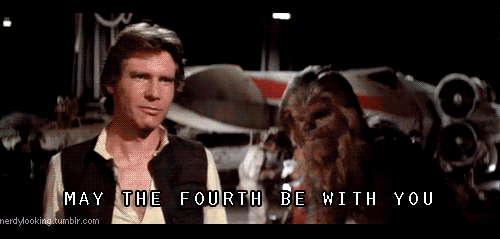
(The Stinger acknowledges this Gif is featuring Han Solo while the article is based upon the Prequels)
Since it is May the fourth, I figured that reviewing the despised Star Wars prequels for my Movie Mondays series would be appropriate and draw in a few readers as well, but there is just too much poodoo in these films for one person to handle, so I had to bring in some help. Joining me in this review are fellow Stinger staff members Avesta Reddy and Daniel Griffith. Now this is podracing!
Star Wars Episode I: The Phantom Menace
Kicking off the most hated film trilogy in cinema history is a film that made people that have been Star Wars fans since childhood weep with sorrow. Though I think that the prequel series did get better over time, this first film certainly served as grim foreshadowing of what was to come for the Star Wars franchise.
From the very beginning scenes, you can tell that there’s something wrong with the atmosphere of the film. Instead of an opening that grabs your attention, like the now famous opening shot of the Star Destroyer chase in the first Star Wars, you are treated to some bland political mumbo-jumbo and characters that seem disinterested and unhappy to be there.
One of the main problems people have with this film is how so much of it is taken up by the boring political scenes, dialogue, and even characters. Don’t get me wrong, I very much enjoy the interactions between different alien species and the different politics and roles of each in an interstellar multi-species civilization.
However, it doesn’t work in this instance because it is simply not done right. I – being the uber-nerd that I am – have read many novels with multiple alien species and civilizations interacting where you can always see each race’s motivations and customs come into play. Yet here they don’t make any sense. For instance, the Trade Federation puts a blockade around a planet to halt trade, seemingly hurting itself in the process. (As a side note, it would be next to impossible and pointless to blockade a planet, due to its size, which is very apparent as the main characters are able to slip past it on more than one occasion.) Getting back on track, even if the Trade Federation is blockading the planet that owes them money, shouldn’t that complaint be taken up with the senate? I am aware that the senate’s lack of response is meant to illustrate the corrupt nature of the government, but with the testimony of two Jedi, the queen and several of her staff members, a hologram featuring a government official espousing how “The death toll is catastrophic”, and footage of the Trade Federation attempting to shoot down the queen’s ship, you’d think that that would persuade them. I realize that this might all be explained by someone well versed in the subject matter, but the fact is that those explanations were thought of after the fact and most likely by someone other than the filmmakers. It is quite simply lazy, lazy writing. You know that a film is bad when fans and other writers have to come up with often times convoluted and far-fetched explanations to fill in all the holes peppered throughout it.
This brings me to the first overarching flaw with the film: there are no clearly defined characters or character roles. Who is the protagonist? Is it Anakin? Well, he is only introduced halfway through the film. Is it Qui-Gon or Obi-Wan? They have little to no character development or chemistry and one dies during the film’s finale. How about the villain? One stays in the shadows with about two minutes of total screen time, which would be fine if there was another villain to be the foil for our heroes. Like Darth Maul for instance, who gets entirely too little screen time, little character development, and is killed off at the end along with Qui-Gon (spoilers! but what did you expect?). What is the point of introducing a new, cool-looking villain if he is hardly shown on the screen until the end of the film, where he is then killed? The fans were so incredibly angry with the decision to have Maul die after only one film,that he was actually brought back with robotic legs in what is known as the expanded universe.
While we are on the subject of characters, lets talk about the acting in this film. Liam Neeson is palatable in his role as the wise Jedi master, but his character is bland and underwritten, seemingly only there to die and motivate Obi-Wan to train Anakin…oh wait, that’s exactly why Lucas wrote the character into the script, demonstrating an understanding of storytelling very much akin (or is it An-akin?) to a third grader’s. The “actor” (and that is a term I use extremely loosely here) who portrays Anakin is laughable. He is a child, I grant you, and it is notoriously hard to direct children in films, but I have seen many child actors that are much better at any sort of acting than this one. Take any of the child actors from my new favorite TV show Game of Thrones, Joffrey (Jack Gleeson) , Bran Stark (Isaac Hempstead-Wright), Aria Stark (Maisie Williams), and many more. All are able to act alongside adults in a convincing and realistic manner. Natalie Portman’s character is completely bland and could have been replaced by a robot. In fact, the two robot characters in the original trilogy had more character and emotion than she does. She is good enough as an actress that she is able to improve in later films and give a decent performance, but I would say that this is probably one of the worst of her career. Eywen Mcgreggor gives probably the best acting performance throughout the prequels, but in this film he has yet to grasp the character fully. Like Portman, he improves throughout the trilogy and has probably the best acting performance in the later films, embodying the spirit of a younger Obi-Wan. I mean, I give these actors and actress’ a hard time, but I applaud each and every one of them for managing to keep a straight face for some of this film’s dialogue, because that is true talent.
Sigh. Now let’s talk about Jar Jar. The character is so hated by so many there that is hardly anything left to say. The character is infuriating, and his comedy is never, ever funny. The first trilogy had slight comedy, comedic dialogue mostly, and even some physical comedy from R2-D2 and C3PO. This comedy worked however, because it either built character or provided a comic relief from the tension in the film. The poop and fart joke comedy that Jar Jar brings to the film does neither of these things. How it could ever build character is a complete mystery, and how can there be a release from tension when there is no tension to speak of in the film? It is obviously intended for small children and not adults, but the point still stands, as Jar Jar ends up getting more screen time than most of the other characters. And it seems that Lucas wanted to rub more Jar Jar in our face, despite of our objections, as he gave him a seat on the galactic senate of all places! But we’ll get to that later in episodes II and III.
Now I do think that Lucas had the biggest impact on the way that these actors performed with his terribly written dialogue. The line where Anakin asks Padme “are you an angel?” had me with my face in my hands, halfway between laughter and utter sadness. Not to mention the sheer stupidity and cheese factor of this line, it raises all sorts of questions, do Angels exist in this cinematic universe? Do they have the same connotation as the angels in ours? Is there religion in this universe? And many more. Usually raising questions in a film is good, but the thing is, we don’t care about the answers to any of these questions! And they don’t relate to the story in any way. I suppose it is meant to show some sort of burgeoning love between the two, but Anakin is quite literally a child. And Padme is 20-30. Or at least that is the way she looks in comparison with the young Anakin.
I looked up these ‘Angels’ in the context of the Star Wars films and discovered that they actually exist. These ‘Angels’ are actually an alien species known as Diathim, and there is a lengthy article regarding their species and why Anakin might mention them in this way. However, none of this is mentioned in the film, and with all the other religious symbolism in this film (the virgin birth of Anakin, chariot races=pod races, and a red-faced man with horns on his head, to name a few) it is obvious that, in his childlike understanding of the writing craft, Lucas meant for these ‘Angels’ to represent the same ‘Angels’ that we have in our reality.
After taking a look at the queen’s actual age on the expansive Star Wars wiki, I have learned that Padme is in fact supposed to be 14 years of age in this film. It is extremely hard to accept that this woman is the queen of this entire world, as well as the one speaking to the entire galactic senate on their behalf. But wait, it gets better. The queen isn’t even the one in the regal wear making decisions. That woman is in fact a body double, and the real queen is hiding among her handmaidens. This is especially ludicrous and hilarious when she sends the actual queen to clean R2-D2 after his ‘heroic’ fixing of some shield mumbo-jumbo.
Moving on from characters, let’s talk about story. What is there to say? It completely and absolutely makes no sense. None at all. There are entire segments of this film where you’ll find yourself staring open-mouthed at the screen, asking question after question about the films plot. Questions like: Why didn’t the senate or chancellor believe a senator’s (and Queen’s), various official’s, and two Jedi’s accounts of the Trade Federation Invasion? Why does the Trade Federation decide to open the doors to kill the Jedi mere moments after releasing the deadly gas into the room instead of waiting a while for it to kill them? Why does the Queen of Naboo feel that it is necessary to personally thank an astromech droid for doing what he was essentially built for, fixing things? Why did the young Anakin decide to build C3PO to look exactly like protocol droids we have already seen are being mass-produced, instead of an original creation? Why do they bring Anakin back to Naboo for the large, deadly battles instead of leaving him on Coruscant with the other younglings? There are many, many more head-hurting stupid moments throughout the film, far too many for me to list all of them, but you get the idea.
Are there any redeeming qualities about this film? Sadly, not many. While there are more in the later films, this one is really a lost cause, with sleep-inducing political dialogue to bore the children, and Jar Jar’s feces and fart jokes to infuriate the adults. The Pod races are Okay, and the final fight scene set to John Williams’ epic music soundtrack is really cool, but other than that, there is honestly nothing else to make this film watchable.
I can see how it could be rough coming back to a franchise 16 years later, but it is really no excuse. All it would have taken was for but a few capable writers and directors to halt Lucas in his tracks, and retool his rough draft into a fully realized finished product. Sadly, no one did, and this terrible, terrible film is where we are left.
Star Wars Episode II: Attack of the Clones
The sovereign planet of Naboo elected Jar Jar Binks as a senator. This and a series of other horrible disappointments mark Episode II: Attack of the Clones as not the worst episode in the saga, but definitely the most haphazardly put together.
This movie marks the beginning of the Clone Wars, where most of the movie is spent in talks with the native Kaminoans on whether or not the Jedi Council has commissioned a clone army to fight the Separatist threat.
We first see this Clone Army led by Masters Yoda and Mace Windu (Samuel L. Jackson) on the Separatist core world of Geonosis, where Anakin (Hayden Christenson), Obi-Wan (Ewan MacGregor), and Padme (Natalie Portman) are attempting to fight off three assorted monsters in a gladiatorial-style arena. Master Yoda, a lead figure against the commission of a standing army, agrees to lead the attack. It’s very strange that the Geonosians happen to have an entire standing army at the ready, available to combat a previously unknown army of clones that were to arrive to save three republic citizens.
This apparently well-trained and well-equipped army of clones goes on to their first battle, against an enormous droid army that was also seemingly on standby and on the off chance that the Republic were to, by some odd series of events, acquire a large army and send it to their core planet. The Separatist leaders are in fact known for their masterful abilities at preparation and trade negotiations, as is demonstrated by their blockade of trade in Episode I.
Also in this film the love affair of Anakin and Padme is expanded further, as the former queen of Naboo comes to realize how handsome that 9 year old kid eventually turned out to be. The five year age gap becomes irrelevant as they grow older, and thus they arrange to be married in secret on Padme’s home planet of Naboo. The former slave and former queen, ironically, married.
There is one subject that infuriates me: the fact that the greatest ruler of Naboo’s history, a young, smart, courageous queen, did not remain queen forever. In contrast to the monarchies we know here on Earth, the queens of this planet are elected, and rule for two-period intervals, after which they must be reelected. However, they can only be in office for two terms, according to the Constitution of Naboo. Yes, this does sound very similar to an American president. The backwater people of Naboo however, are too stupid to realize that they are literally electing a president. They are clearly too busy imperializing native Gungan land, and forcing the species to live in polluted, scum-filled ghettos on the other side of the planet, because to the Naboo citizens, they are worse than trash- they are different. The war hero and master statesman, the honorable Jar-Jar Binks, embodies the Gungan brilliance and cunning in his famous speech, affectionately titled, “All power to the Chancellor.” In this eloquent speech, Jar-Jar shatters all stereotypes, proving that the incessant racism and imperialism of the people of Naboo is completely unjustified.
A prime example of this “white humanoid’s burden” superiority, if you will, is the blatant use of Gungan women and children to draw away the ruthless killing machines of the trade federation. Many noble Gungans died in battle, and all for a distraction so the human-supremacist elites could take back power for themselves.
This movie has its downs and disappointments, and the fact that Star Wars was in the title may possibly be the only reason that it was even remotely successful. This movie has rightfully earned its place as the second worst movie in the series.
Star Wars Episode III: Revenge of the Sith
While the prequels were definitely an overall failure, their few moments of actual excitement and cogent story telling happen in Episode III, mostly because Hayden Christensen doesn’t talk nearly as much.
The movie opens with an epic space battle where once again, R2D2 saves the day. This droid should be given a medal for all the amazing work he has done- this ace droid has saved Anakin, Padme Obi-Wan, Luke, Leia, Han Solo, and even his friend C3PO throughout the course of the Star Wars films. So, after R2D2 pulls Anakin and Obi-Wan out of another tight spot, they must save the Chancellor from General Grievous and Count Dooku. The lightsaber battle between Anakin and Dooku is incredibly fast paced, foreshadowing what is to come. When the chancellor urges Anakin to kill Dooku, you can see Dooku look at the chancellor as if saying, “Why are you killing me master?” This action hints that not all is as it seems.
After the battle with the Separatists, Anakin begins having visions of Padme’s death at childbirth. But there are many problems with this series of events. First of all, this civilization can cure nearly anything, they are incredibly advanced, possessing technology beyond our dreams. Death at childbirth should only happen due to negligence, especially when the mother is a former “Queen/president.” Even if there is some issue that not even they can solve, why is this incredibly rare condition afflicting Anikin’s wife? Are we supposed to believe that it is a mere coincidence? Apparently.
Now when it comes to deciding what to do about these ‘premonitions’ Anakin has a few options to choose from:
1. Let her die. Obviously a bad choice, but apparently the Jedi are stupid and decide that is the prudent choice, thereby alienating Anakin.
2. Join the dark side, help kill the entire Jedi order except for Obi-Wan and Yoda, loose all of his limbs, and still have her die. Another terrible option, but the one that Vader ultimately chooses, signifying his stupidity.
3. The smart choice. Get an abortion (Note, this is not an opinion on abortions or the view of the Stinger, let’s not get caught up in that intricate topic). Due to the advanced society they live in, doctors should have known early in the pregnancy that Padme’s life was in danger. She should have been allowed to get an abortion to save her life, or a C-section. If she got an abortion, Luke and Leia would never have existed, but countless lives would have been saved. Anakin would not have turned to the Dark Side. The entire Jedi council would have been saved. All those children that Anakin murdered could have survived. Before you get up in arms about Luke “bringing balance to the force”, THE DARK SIDE STILL EXISTS. Maybe you didn’t notice, but episode VII has a character who belongs to the dark side. No matter what, the Dark Side will exist, the difference is the amount of Jedi’s left alive on the lighter side of the Force.
After the Jedi and Anakin make their incredibly awful decisions, they are set on a course of destruction. Anakin, separated from Obi-Wan, is increasingly under the influence of the secret Sith lord Palpatine. The Jedi council should have kept them together, as the pair were their most valuable asset.
Due to the ongoing war with the Separatists, the senate made a momentous decision that they would soon regret. Jar Jar Binks, the planetary idiot from Naboo, somehow got elected senator, despite the prejudice that the people of Naboo against the native’s they imperialized. He was convinced that by giving the Chancellor emergency powers, the war would soon be over. In one of the most elegant speeches the Galactic Senate had ever witnessed, Jar Jar called for “All power to the Chancellor”, noted earlier. Every race and planet was cheering… for now.
No time was wasted, Obi-Wan was sent to kill Grievous, Yoda was tasked with defending the Wookie home planet, and all the other Jedi masters were given command of clone troopers to fight across the galaxy. In this regard, Palpatine was very wise, as he separated the Jedi, and thereby reduced their ability to fight. Anakin, however, was left on the galactic capital of Coruscant. There he learned of Palpatine’s planned betrayal, and informed the remaining Jedi Masters of the plot. No less than four Jedi masters, all of them venerated council members, came to arrest the Sith lord. This fight, which should have been the best of the prequels, in the end was the exact opposite. What you expected to be a huge fight comprised of multiple combatants ends up being a one-on-one, as the Sith lord immediately kills three of the Jedi masters! They didn’t even put up a fight, these ‘best of the best’ Jedi are supposed to be formidable warriors, and yet they are eliminated without so much as swinging their lighsaber. Samuel Jackso… I mean Mace Windu fought the evil Palpatine, and would have defeated him, if not for the intervention of Anakin. With three of the Jedi Masters dead, Anakin was a sure pick to be one of the new masters admitted to the council, something he had always wanted. Yet, he stupidly threw his chance away by cutting off Mace’s hand, and allowing Palpatine to blast him out an open window with his force lightning. It was at this point that Anakin Skywalker became Darth Vader.
Meanwhile, Obi-Wan is fighting the Separatist military commander General Grievous, the most feared Jedi-killers of the era. Yet, the movie depicts a quick duel ending with Grievous’ death to a mere laser, and then a retreat. An unsatisfying end to a grand and powerful enemy.
*(Falconer’s Note: The way Grievous was portrayed in this film is an unforgivable travesty. The character is so good, that authors and illustrators took it upon themselves to give this complex character the treatment he deserves with novels, graphic novels, and several cartoon adaptations. These explore the origins and life of this complex and layered character, and make you empathize with a character that, in the films, was nothing more than a mindless killing machine. It is utterly remarkable how little care Lucas showed to a character that is essentially the Proto-Vader. In my opinion, Grievous should have been the villain throughout the prequels, or at least after Episode I. I could rant about this topic for days, but back to Daniel…)
It was at this point that the Sith Lord gave the infamous order “execute order 66.” Why 66? Why not 666? or 67? Anyway, this was the order that caused the utter destruction of the Jedi order. All the Jedi operating in the field are killed by their own clones. Yoda and Obi-Wan are able to escape the massacre through dubious circumstances. They are Jedi masters, and suddenly, anyone can shoot them, if only the storm troopers had the same accuracy in the original trilogy (Episodes IV, V, and VI), the story would have been very different. It is fortunate that they survived, however, as Yoda and Obi-Wan both have unfinished business to take care of…
By far the best part of the original trilogy occurs at the end. Padame discovers that Anakin has turned to the dark side, and abandons him. Obi-Wan and Anakin face off in an epic Master vs. Apprentice battle. This fight is charged with emotion, as two Jedi, former friends and former master and padawan, face off in a battle to the death set on a harsh lava planet. This exhibition of choreography is interspersed with the epic Good vs. Evil fight between Yoda and the Sith lord. Yoda, the most powerful force on the light side duels with Palpatine, the most powerful entity on the dark side. The fights are brilliantly executed, and occur on an epic scale. Yoda is a beast, and fights the emperor in the senate chamber to a standstill, neither one of them is powerful enough to take out the other. Meanwhile, the master and apprentice have their dispute on a molten planet that is collapsing as they fight. Obi-wan gets the upper hand after a long and strenuous fight. His emotion over losing Anakin was intense. The feelings were strong, and he believed that Anakin was “the chosen one.” And more importantly, he loved Anakin “like a brother” in fact, but Vader was blinded to all but hate. Vader’s hubris caused him to lose three limbs and require a respirator, thereby becoming the iconic cloaked Darth Vader, as well as lose Padme who he originally fought to save throughout the episode.
Since we aren’t as wise as the Gungan leader Boss Nass or as adept with words as Senator Binks, we no doubt missed quite a few things that you hated about the Star Wars prequel series. We encourage you to “give in to your anger” in the comments below!

Hi, I'm Sam Falconer. I'm a senior this year, so, yeah. Anyway, I am a film connoisseur and an avid reader and writer. I am also a lover of all things...

Hi, my name's Avesta (pronounced: A-ve-s-ta) and this is my second year with the Stinger. My hobbies include travel, preferably in the third world, virtual...

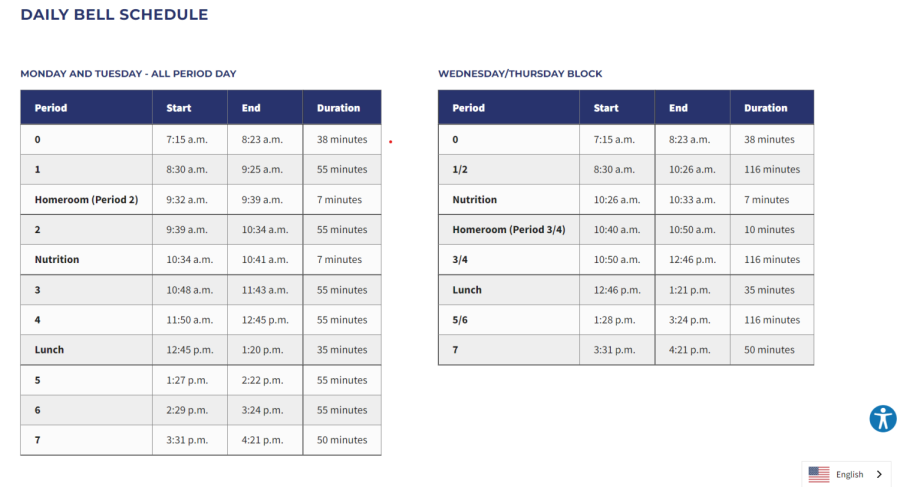






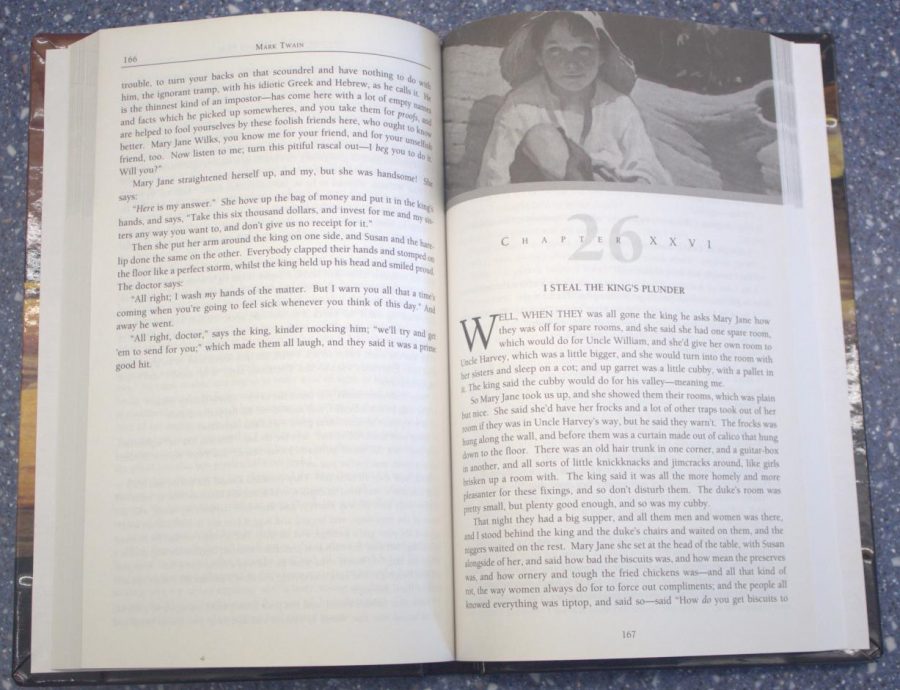
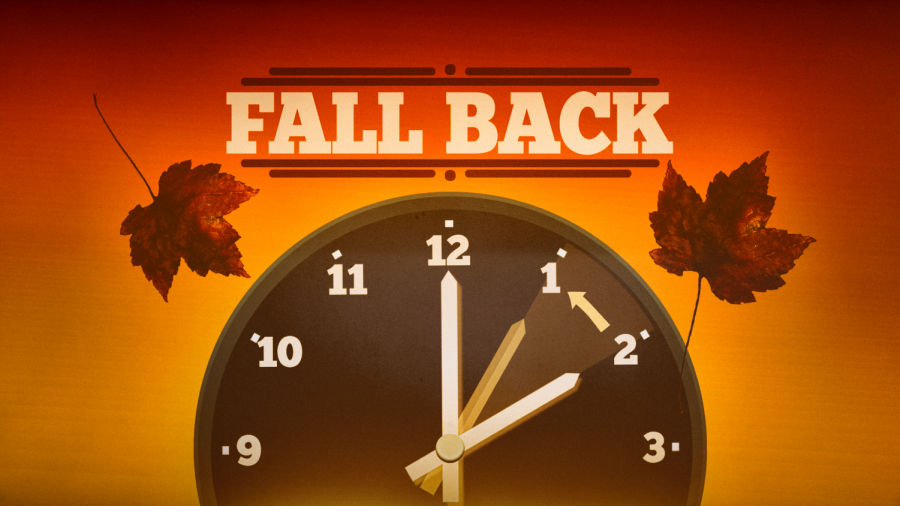






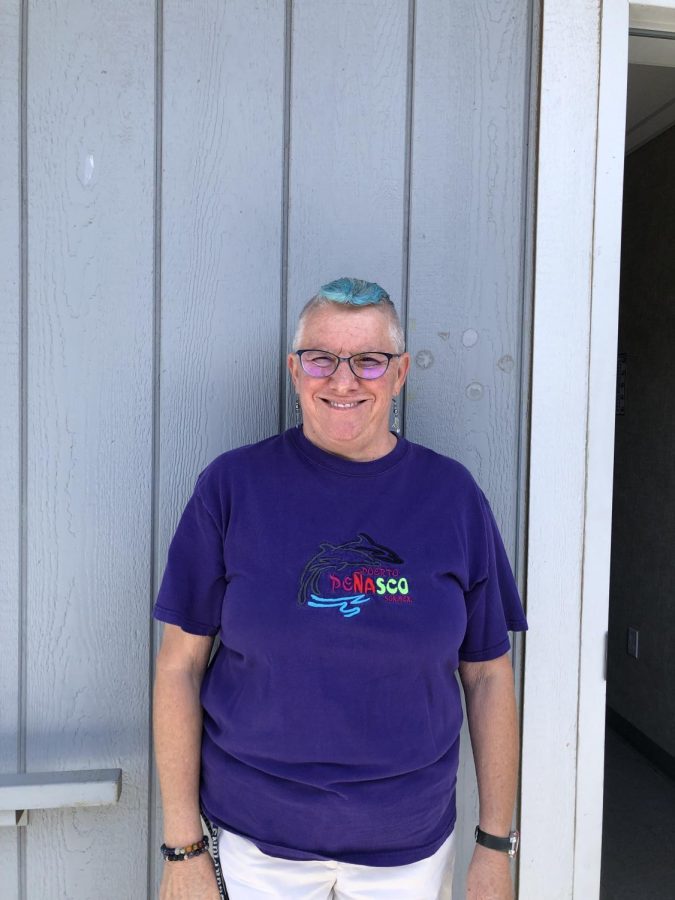


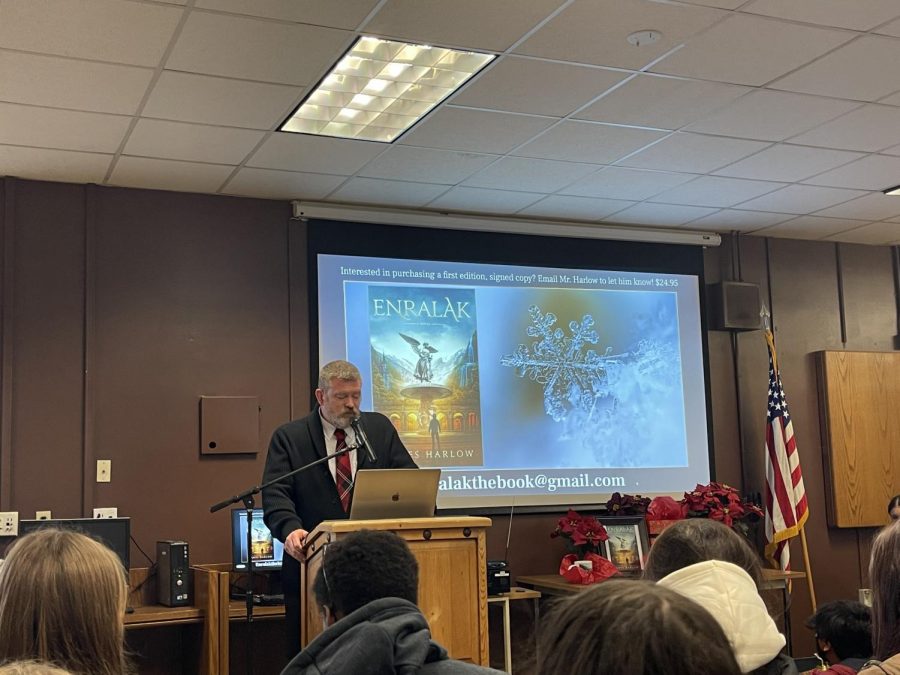
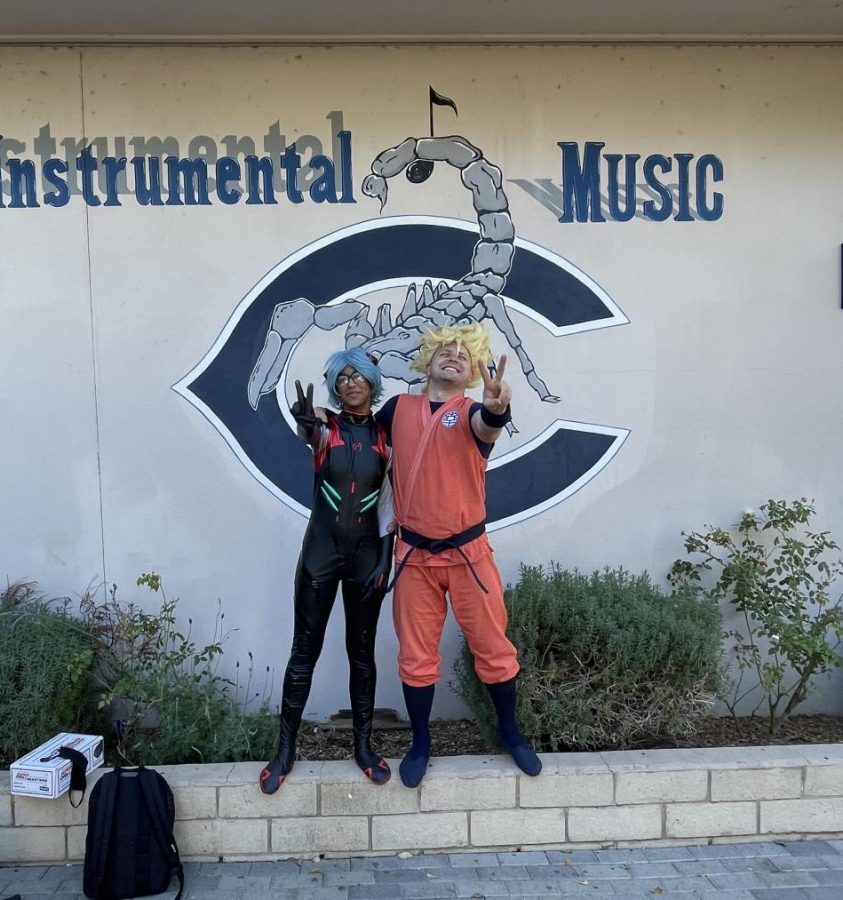



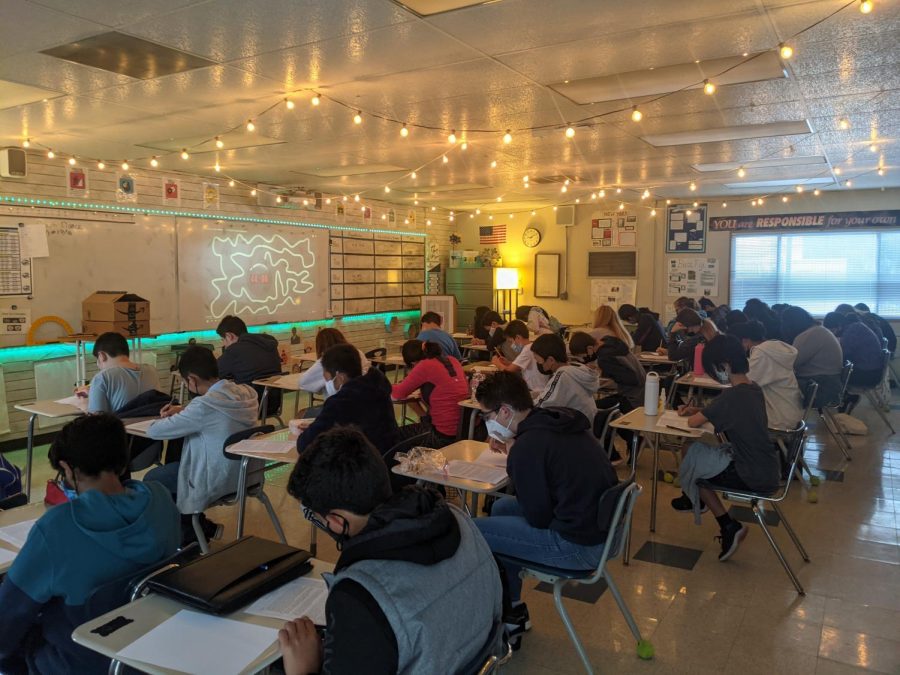


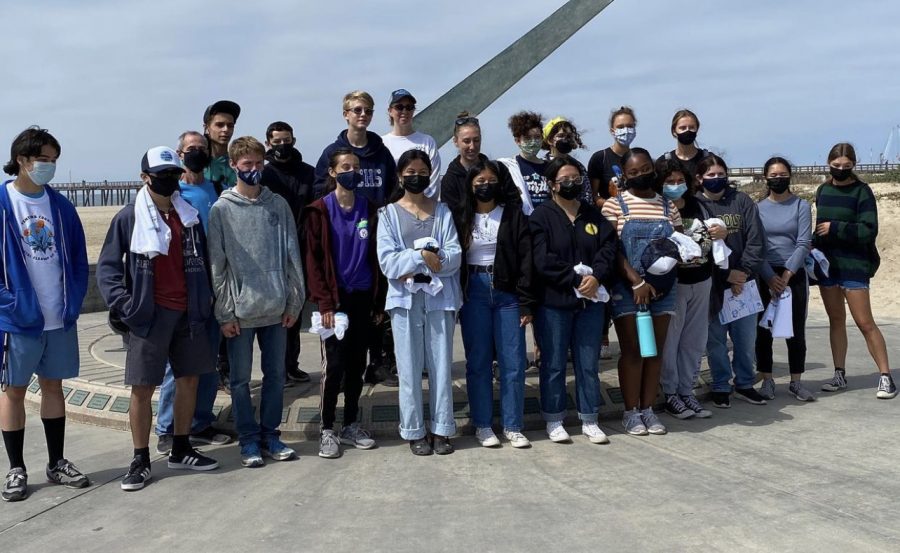

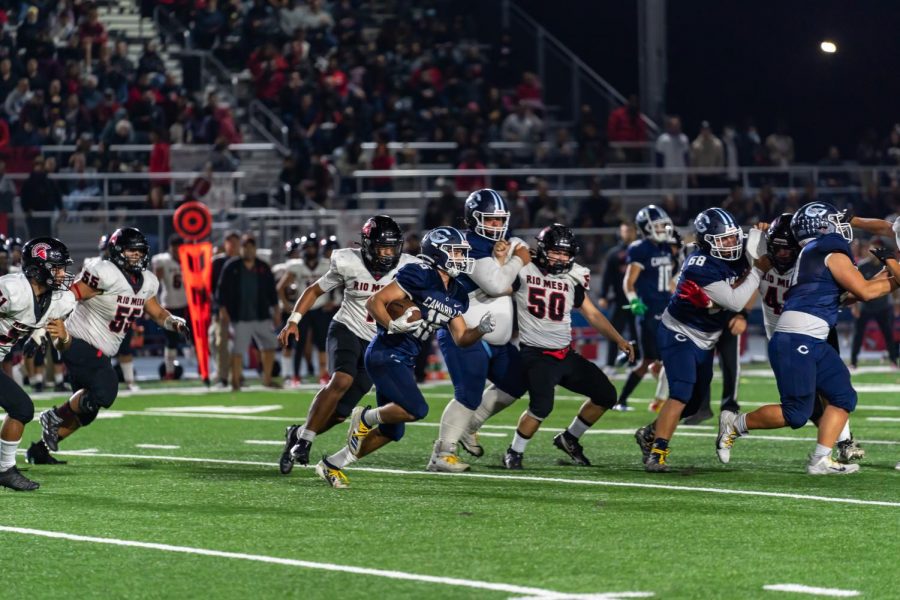

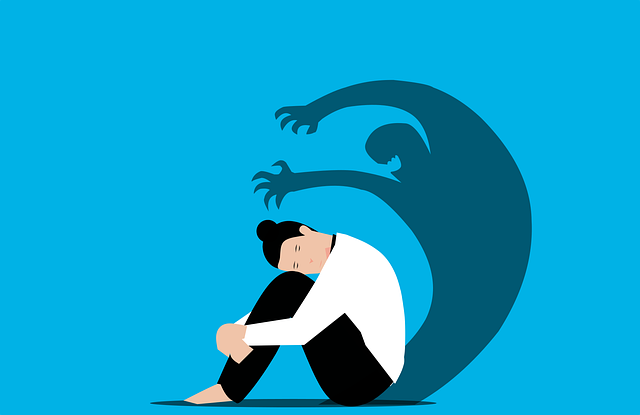









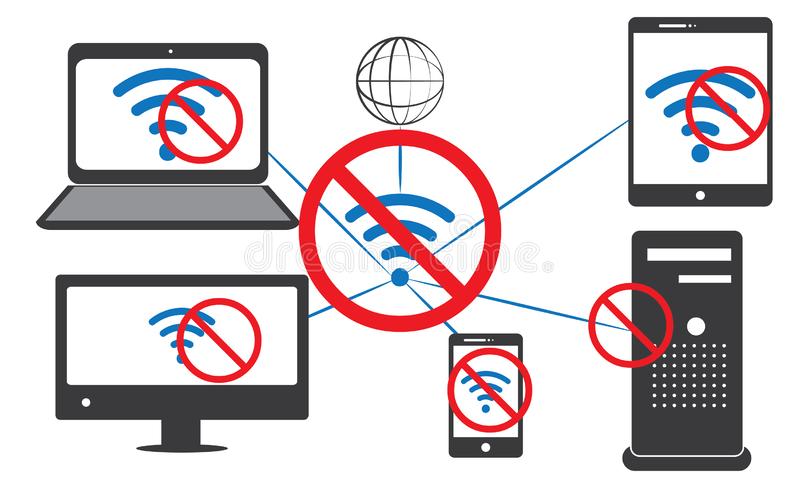
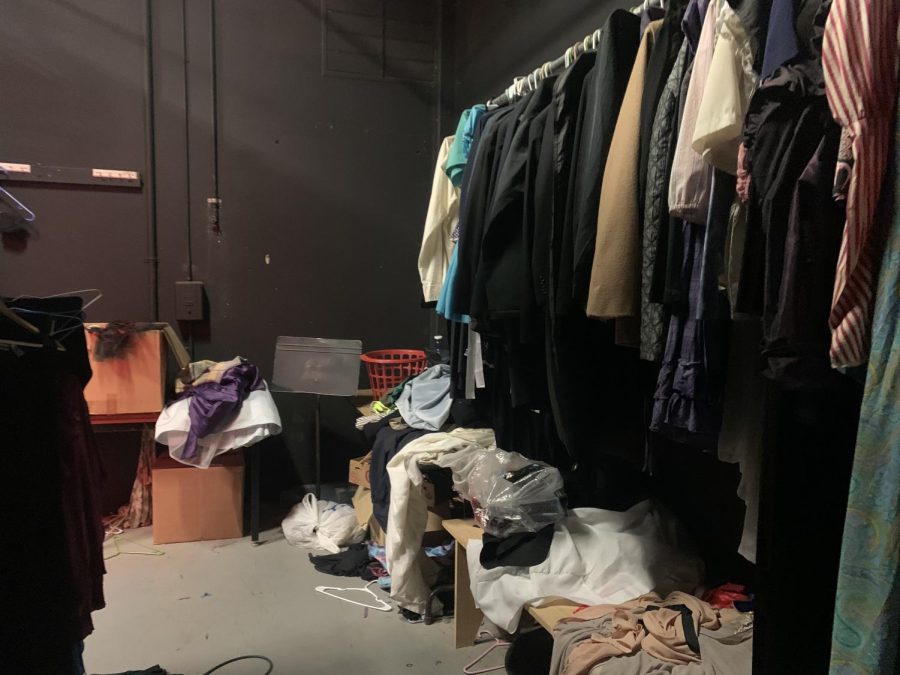





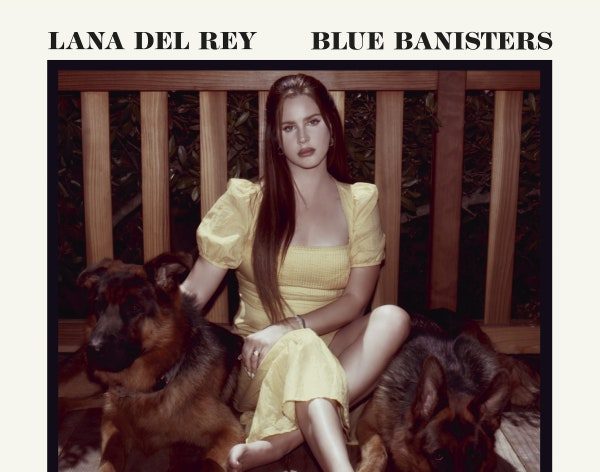

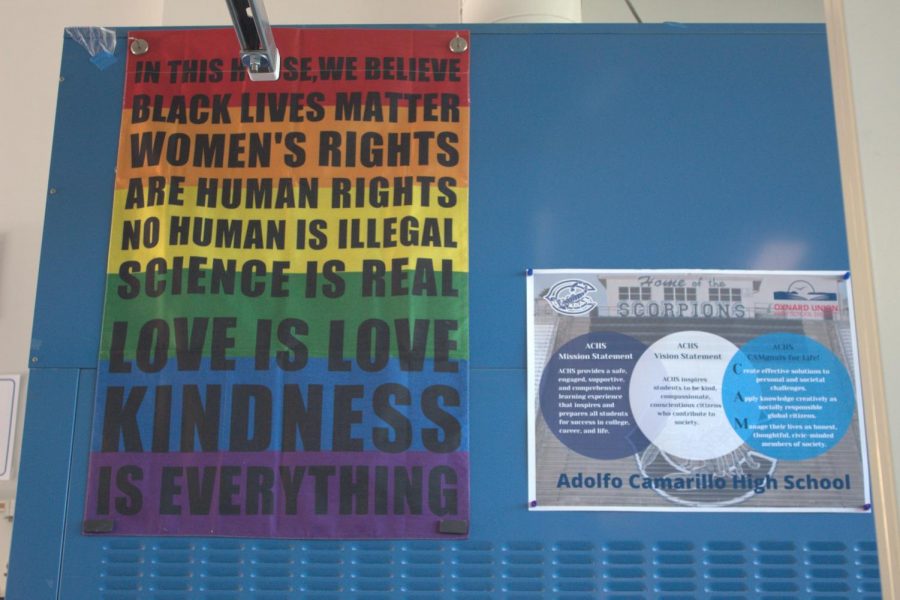

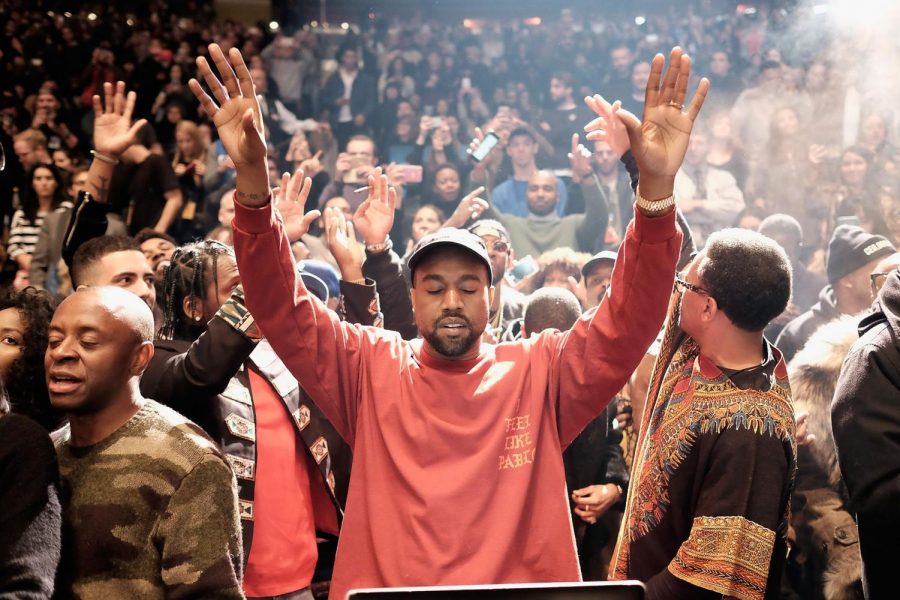
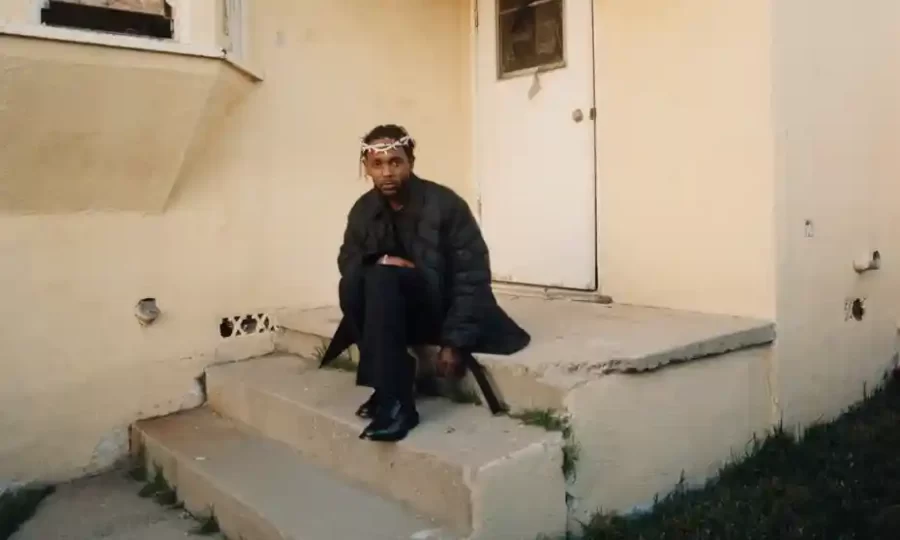





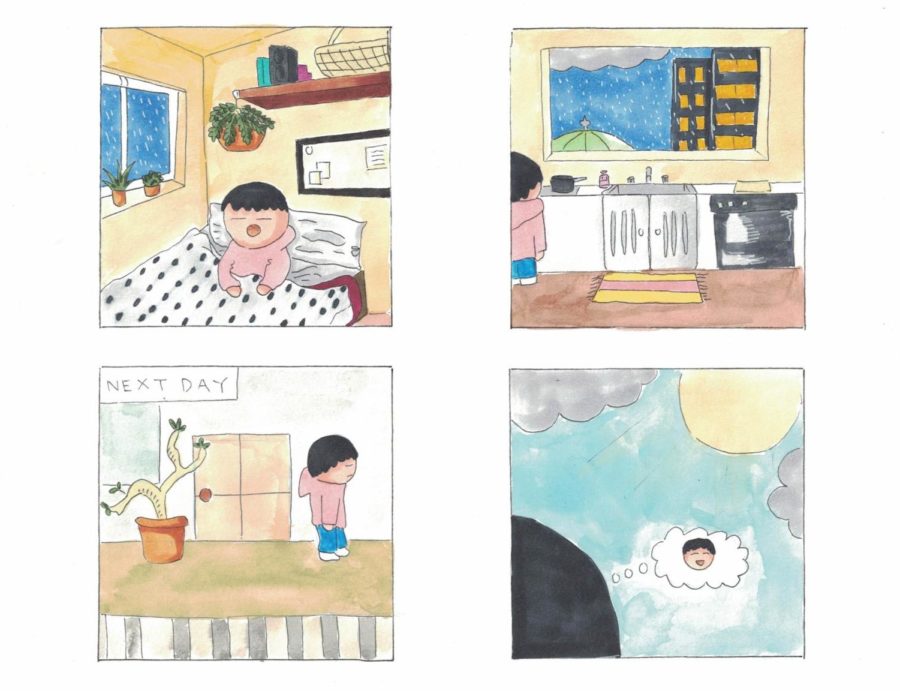
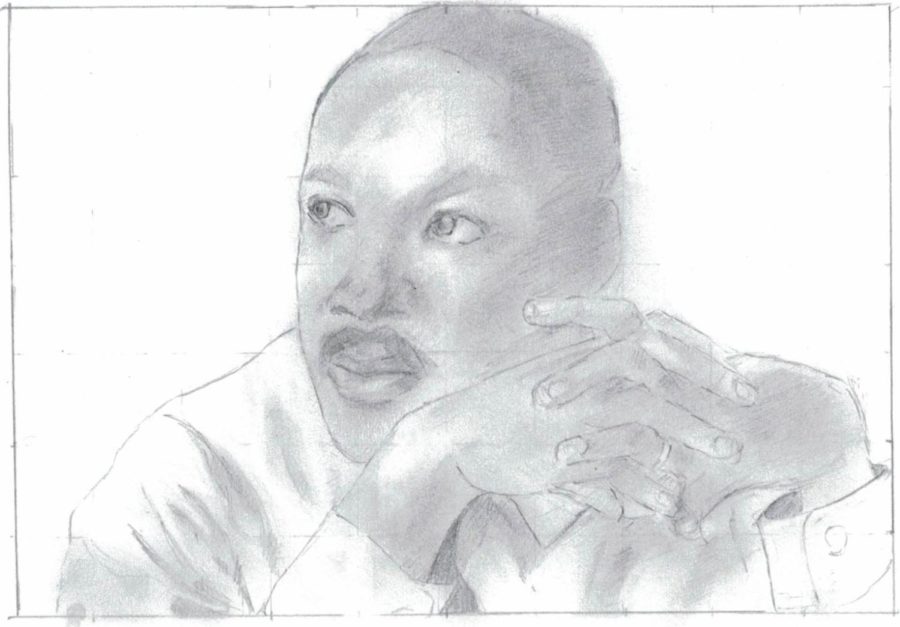
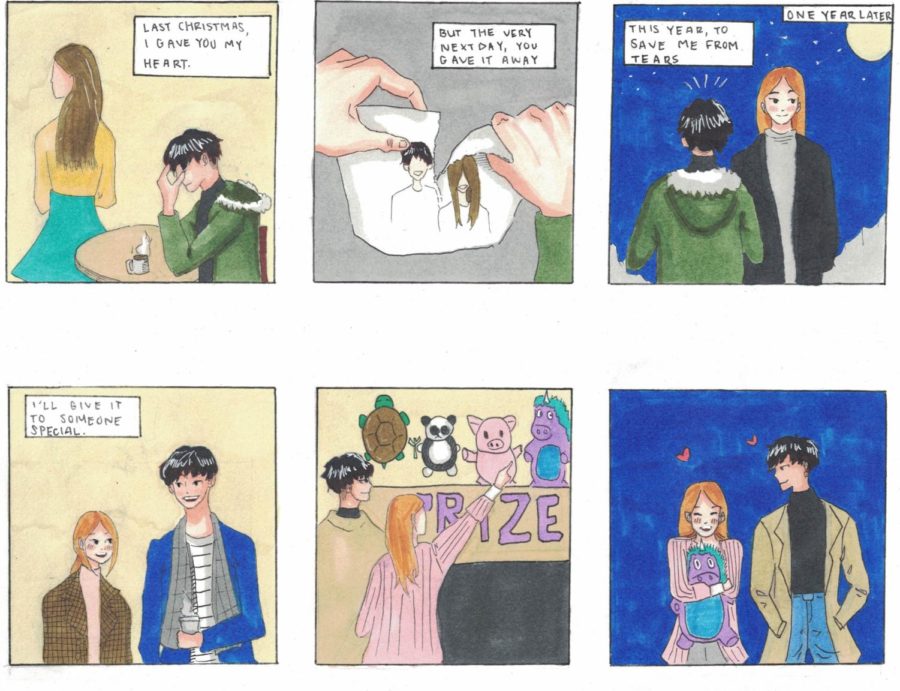

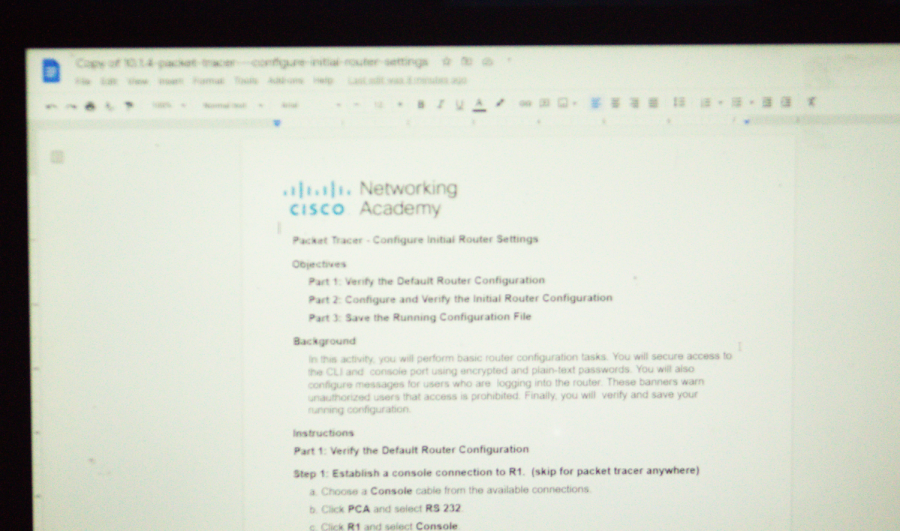



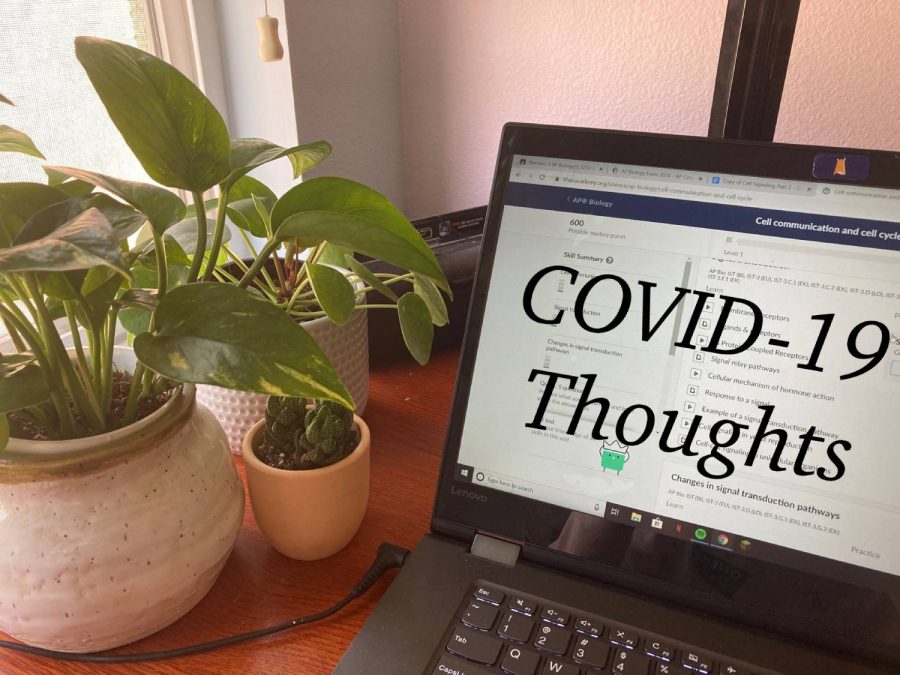
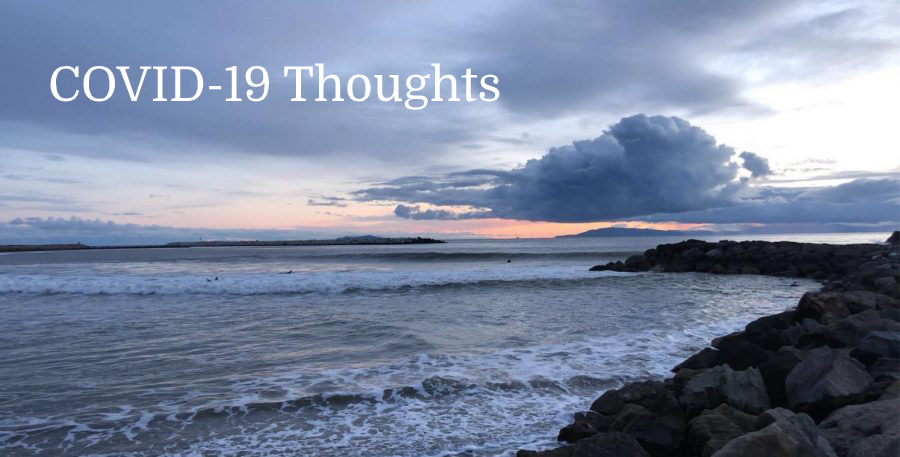
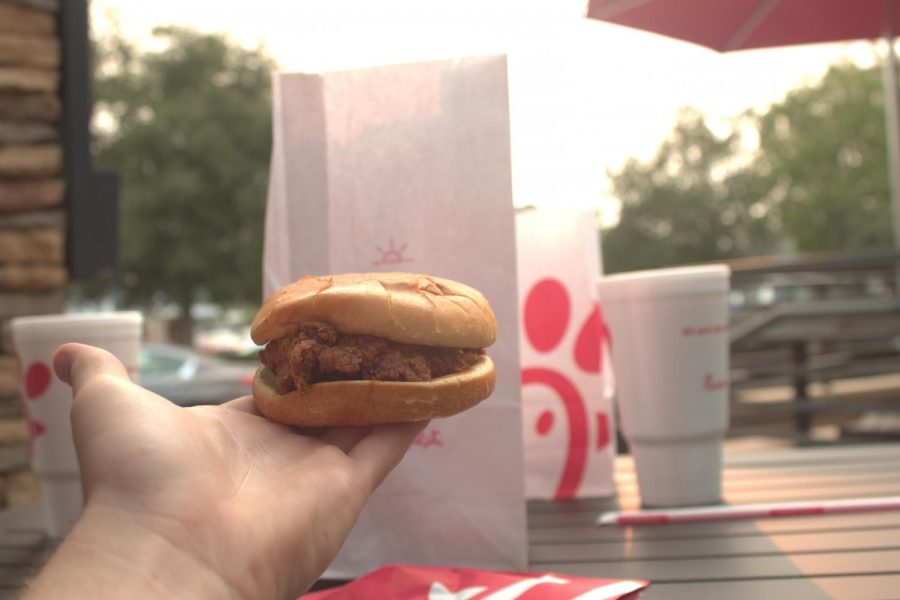


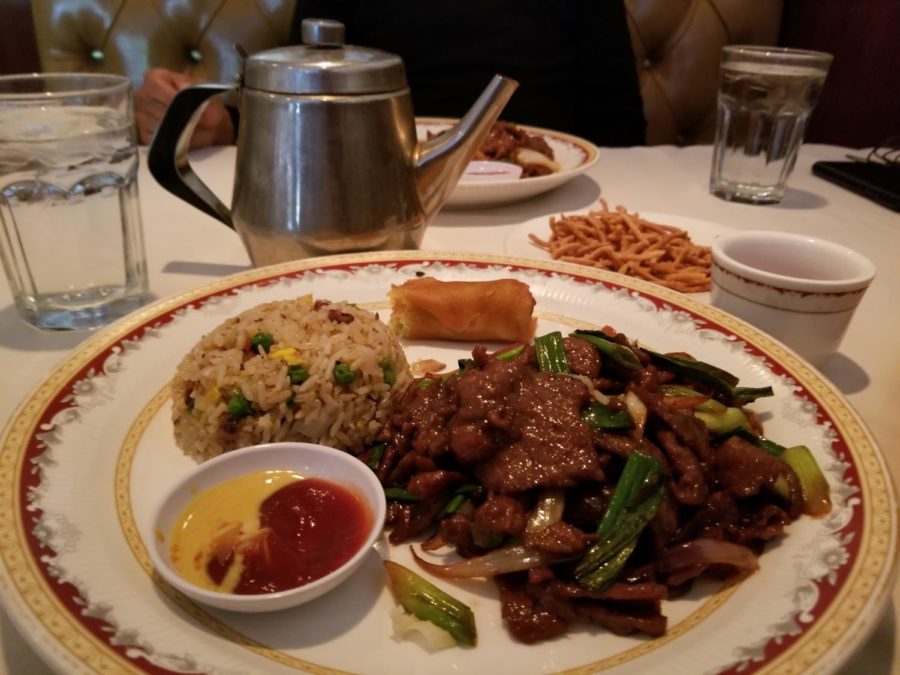

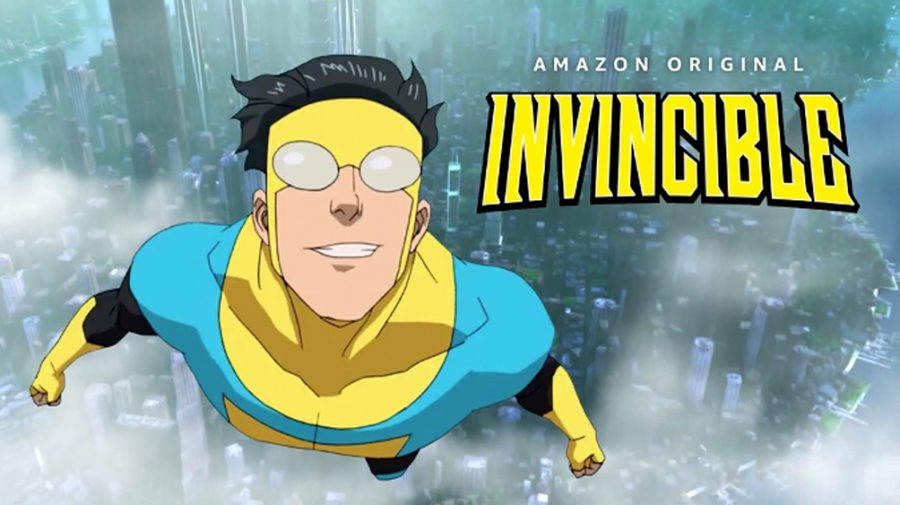
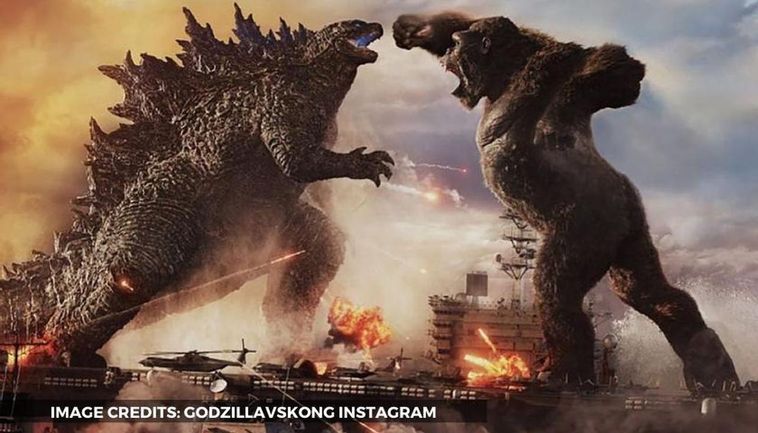
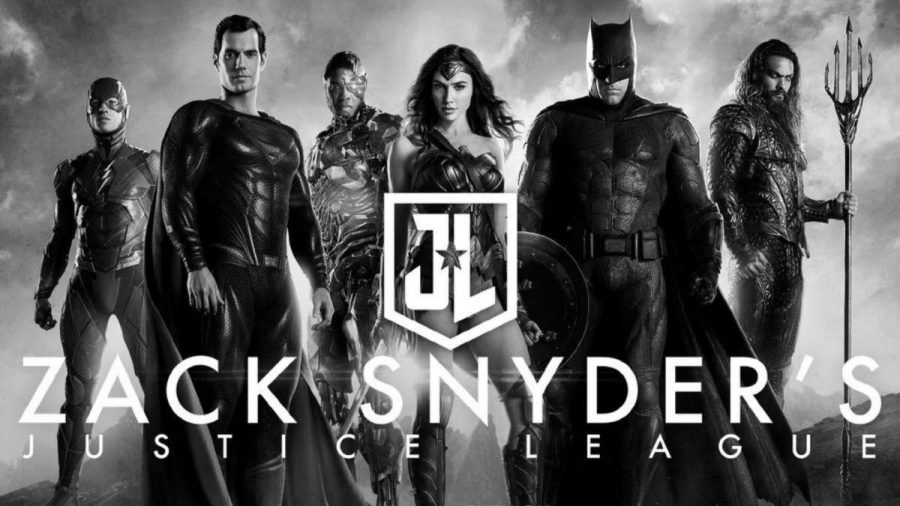
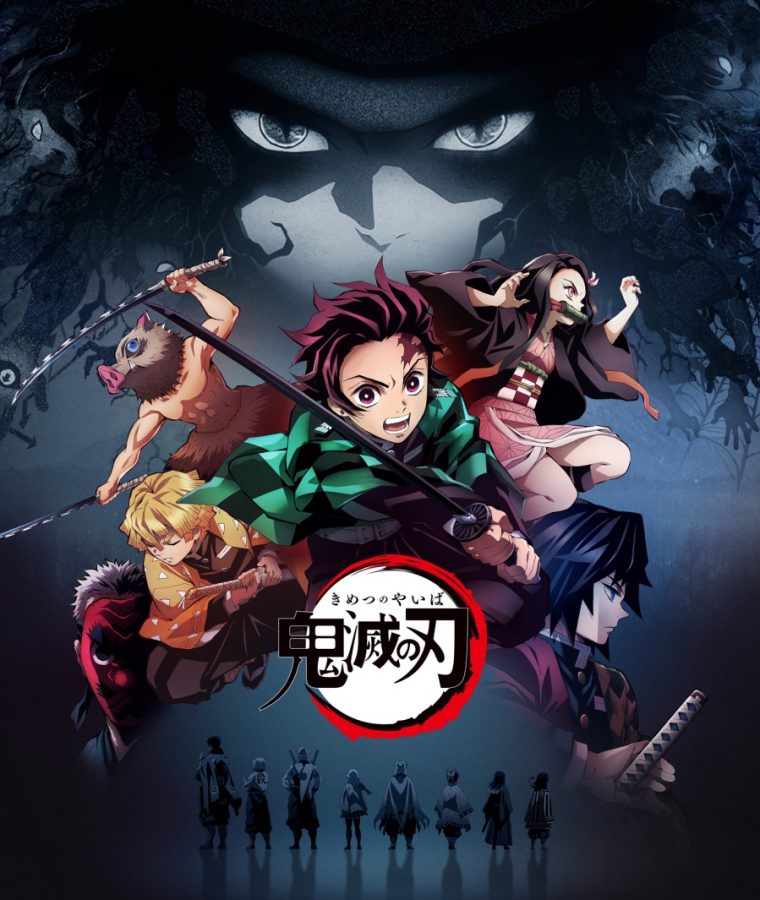



![Senior Ditch Day... Relaxation or Truancy? [Video]](https://achsstinger.com/wp-content/uploads/2017/10/IMG_7119-900x599.jpg)
![Heavy Rain Hits Cam High [video]](https://achsstinger.com/wp-content/uploads/2017/02/maxresdefault-900x506.jpg)



James R. • May 5, 2015 at 3:21 pm
Yes, the prequel series were all crappy – too much CGI and unnecessary story lines. Obviously, it was meant to keep the Star Wars franchise lucrative. It did help bring back the Star Wars ‘fever’ and highlighted how good the original compared to the prequel.